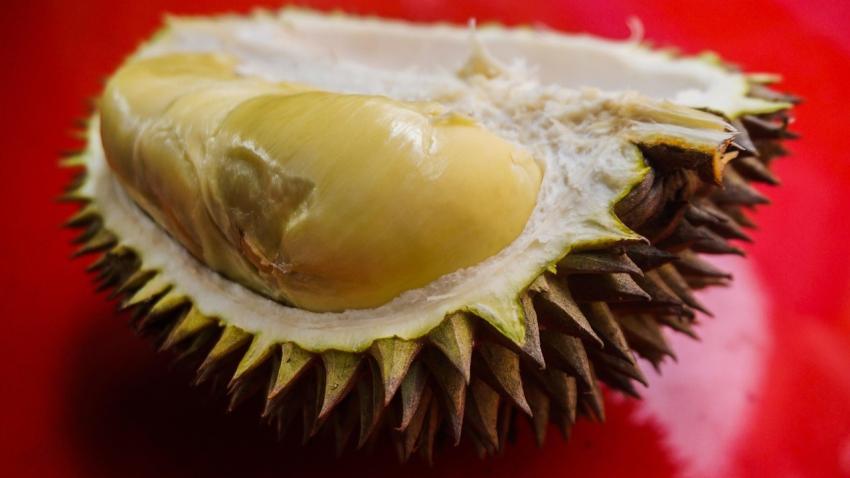You are here
Back to topWhy Are 70% of Vietnam’s Durian Exporters Suffering Losses?

During a state visit to China at the end of June, Vietnamese Prime Minister Pham Minh Chinh expressed his hope that the two countries could soon sign phytosanitary protocols for the export of Vietnamese frozen durians and fresh coconuts to China.
According to a Vietnamese news report, Truong Viet Thang, director of Toan Thang Trading Import-Export Co. Ltd. in Dong Nai province, stated that his company is ready to export frozen durians to China. He explained that investing in a frozen durian export plant requires five times the capital needed for a fresh durian storage facility. As a result, fewer enterprises are expected to be able to participate in frozen durian exports, potentially making competition less intense compared with fresh durian exports. Moreover, the Chinese market has been developing many products that use durians as a raw material, indicating significant market demand. Furthermore, frozen durians can be stored for up to two years, so the frozen durian market is expected to be more stable than the fresh durian market.
Truong also said that durian traders place much greater emphasis on the quality of the fruit pulp rather than the external appearance when assessing frozen durians. He believes that the prices of Vietnamese durians have already peaked and are unlikely to rise further, even after frozen durians gain market access to China.
Since fresh Vietnamese durians began being officially exported to China through regular trade channels, their prices have remained high, with both export volume and value continually setting new records. However, despite these high profits, fierce competition and occasional quality issues have exposed Vietnamese durian exporters to numerous risks. On the cultivation side, the rapid expansion of planting areas has also introduced risks related to quality control and potential oversupply.
According to data from Vietnam’s Ministry of Agriculture and Rural Development, Vietnamese durian exports reached a value of approximately $1 billion in the first half of 2024, ranking at the top among all fruit and vegetable exports. At the same time, many durian exporters have complained about the intense competition from procurement to export.
Truong pointed out that the high export value has not necessarily translated into substantial profits for durian export companies. Since the beginning of 2024, durian prices have remained elevated, greatly benefiting growers, yet over 70% of export companies have reportedly experienced losses. Truong also candidly acknowledged that Vietnam lacks sufficiently strong measures to address violations related to the misuse of planting area codes and that there is room for improvement in production and export processes across various regions.
Export companies face not only the dual challenges of price and quality but also significant price fluctuations caused by competition between companies when purchasing durians. Companies unable to fulfill contracts have to increase their procurement prices based on market conditions, leading to losses. Many companies have been forced to lower procurement quality to meet the export volumes specified in contracts. Together, these factors have resulted in Vietnamese durians being commonly perceived as inferior in both quality and value compared to Thai durians.
As of the end of 2023, Vietnam’s durian cultivation area had reached approximately 151,000 hectares, double the area planned by the Ministry of Agriculture and Rural Development. The latest report from June 2024 indicated that the cultivation area had further increased to about 154,000 hectares. Meanwhile, Vietnam’s durian production in the first half of 2024 reached approximately 488,000 metric tons, representing a year-on-year increase in excess of 20%. In the coming months, the Central Highlands, Vietnam’s largest durian-growing region, will enter its peak production season, while Thai durians will be in their off-season. With the decrease in Thai durian supply, Vietnamese durian prices may rise further.
Despite the rapid increase in Vietnam’s durian cultivation area, quality management has not kept pace. This has led to a series of export issues, such as durians not meeting phytosanitary standards, reports of excessive chemical residues, poor fruit quality due to premature harvesting, misuse of planting area codes and unhealthy market competition. To establish a strong brand for Vietnamese durians, the sector must endeavor to address these issues.
Image: Pixabay
This article was translated from Chinese. Read the original article.















Add new comment